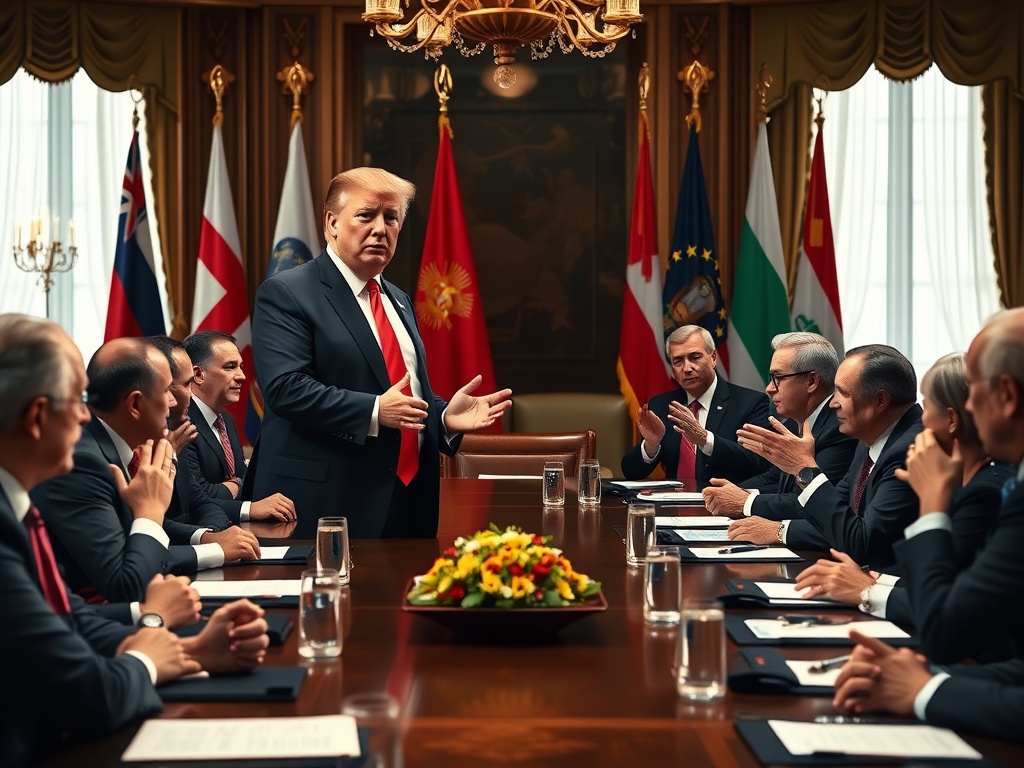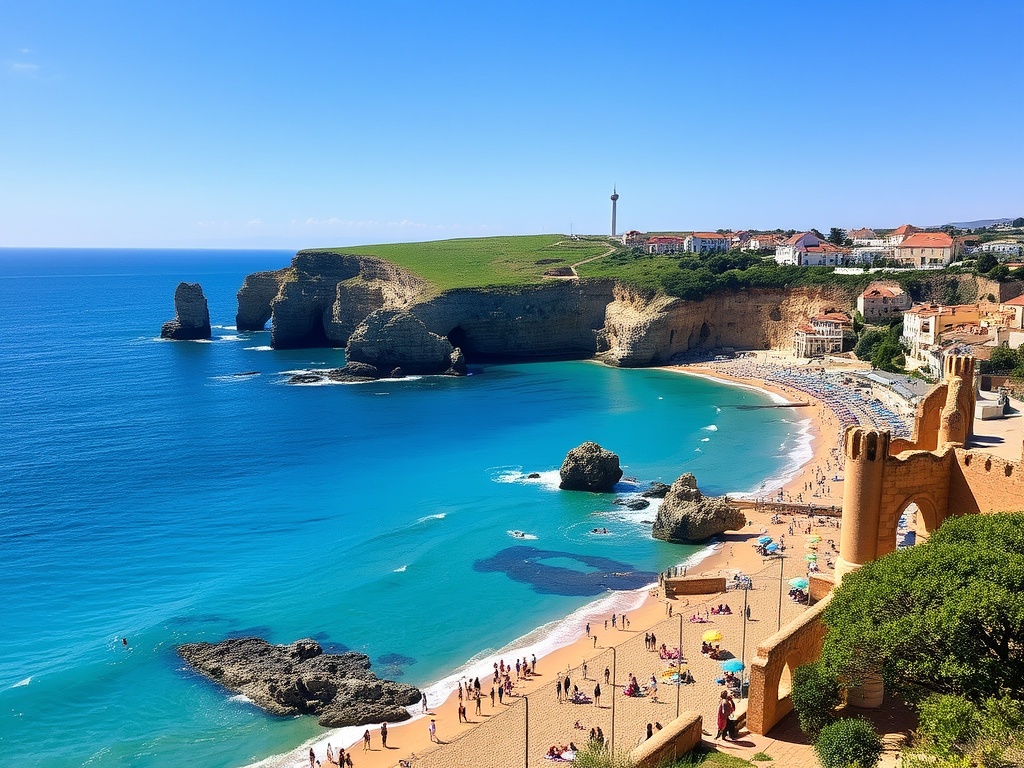Trump’s Body Language: A Return to the Global Stage

Donald Trump’s much-anticipated return to the international arena has already resulted in significant changes: the end of Pax Americana, Amerexit, and tariffs among them. However, it’s not all bleak – Trump’s remarkable body language is back, captivating observers once again, particularly during his interactions with world leaders.
Trump is renowned for employing a range of brutishly alpha male postures to disarm and dominate his counterparts. From the notorious back slap to the chest puff and the iconic ‘death grip’ handshake, his techniques are as varied as they are memorable. This week, when he met with French President Emmanuel Macron, the full spectrum of Trump’s body language was on display. Macron, well-acquainted with Trump’s tactile approach, appeared equipped with his own countermeasures.
Their initial encounter at the White House was slightly adversarial, but it quickly transformed into a playful exchange, resembling a mutual love-fest where both leaders attempted to assert dominance in a lighthearted manner. They engaged in an amusing display of physicality, reminiscent of hormone-driven teenagers. There were moments of hands fumbling against each other, hands brushing away, and even playful hugs. The atmosphere was so charged that one could imagine the White House HR department intervening, had it not been disbanded.
The two leaders share a history of intense handshakes, including a particularly memorable one from the 2017 NATO summit. During that encounter, Macron gripped Trump’s smaller hand so tightly that his jaw clenched, knuckles turned white, and he left indents. Macron later confessed that his grip was anything but innocent, stating, “My handshake with him was not innocent.”
However, this time around, the dynamic was different. Stephanie Davies, a behavioral psychologist and founder of the consultancy Laughology, shed light on the interaction. She noted, “There is an initial tussle, almost as if they’re about to engage in a game of thumb wars, which serves as a testing move to establish who’s in charge. Then there’s a hug and some backslapping, but it’s Trump who dominates, pulling Macron in and asserting his masculinity. Later, when they are seated together, there is noticeable manspreading as they each try to claim the space.”
Trump’s history of handshakes has gone viral on numerous occasions. One of the most notable was with former Japanese Prime Minister Shinzo Abe, where Trump subjected Abe to a staggering 19-second handshake. The footage of that epic encounter clearly showcased a visibly shaken Abe as he attempted to extricate himself from the situation. Another of Trump’s trademarks is the patronizing hand pat, and he doesn’t hesitate to lead counterparts by the hand, as he famously did with a bewildered Theresa May during her visit to Washington in 2017.
Despite his well-documented penchant for dominating body language, observers have noted a marked shift in Trump’s demeanor during this second presidency. According to communication and body language expert Judi James, “He seems to have finally shed what appeared to be Imposter Syndrome and has relaxed into his status and power, dropping the showboating and sharing the spotlight with others, notably with Elon Musk.” Yet, she pointed out that Macron managed to push Trump’s buttons during their interaction.
“Trump’s muscle memory came into play, and he engaged in the power-battle, even slapping his hand on Macron’s knee twice to assert his authority,” James added. Indeed, while Trump has evolved in some aspects, he still exhibits impulsivity and occasionally struggles to conceal his emotions. This was evident during a meeting with California Governor Gavin Newsom earlier this year. The two men had their differences; Trump had previously criticized Newsom’s response to the Los Angeles wildfires, referring to him derisively as “Newscum.” This tension was palpable, as body language expert Carole Railton observed: “Trump looked down until they were face to face; he didn’t open his body language. Newsom’s posture was completely stiff, directly confronting Trump, but Trump remained unyielding, simply patting Newsom on the arm before walking off.”
However, Railton agreed that overall, the President has exuded more confidence. “When he sat with Macron, he held his hands together, pointing down between his legs in a downward steeple pose, which signifies confidence. His mannerisms have changed; he used to hold his hands up in front of his chest, adopting a boxer’s stance. He has shifted from aggression to a more composed presence.”
Looking ahead, the next notable encounter for Trump will be with Keir Starmer, who is scheduled to visit Washington to meet the President on Thursday. According to James, Starmer will need to navigate this meeting with psychological finesse. “I suspect he may fall into the ‘We’re total friends’ trap of over-compensating, which could lead him to grin at and pat Trump in an effort to appear confident and amicable. His best tactic would be to avoid any active signaling, as Trump is adept at capitalizing on such gestures.”
One aspect Trump appreciates about Britain is its monarchy, and James advises that Sir Keir should leverage this cultural nuance. “UK etiquette allows for a cool demeanor that conveys polite charm without revealing too much,” she explained. “This approach can create a superior profile effortlessly. Sir Keir should channel the royal family’s style, which embodies the skill of appearing polite yet subtly amused, allowing for a non-committal yet potent presence.”




